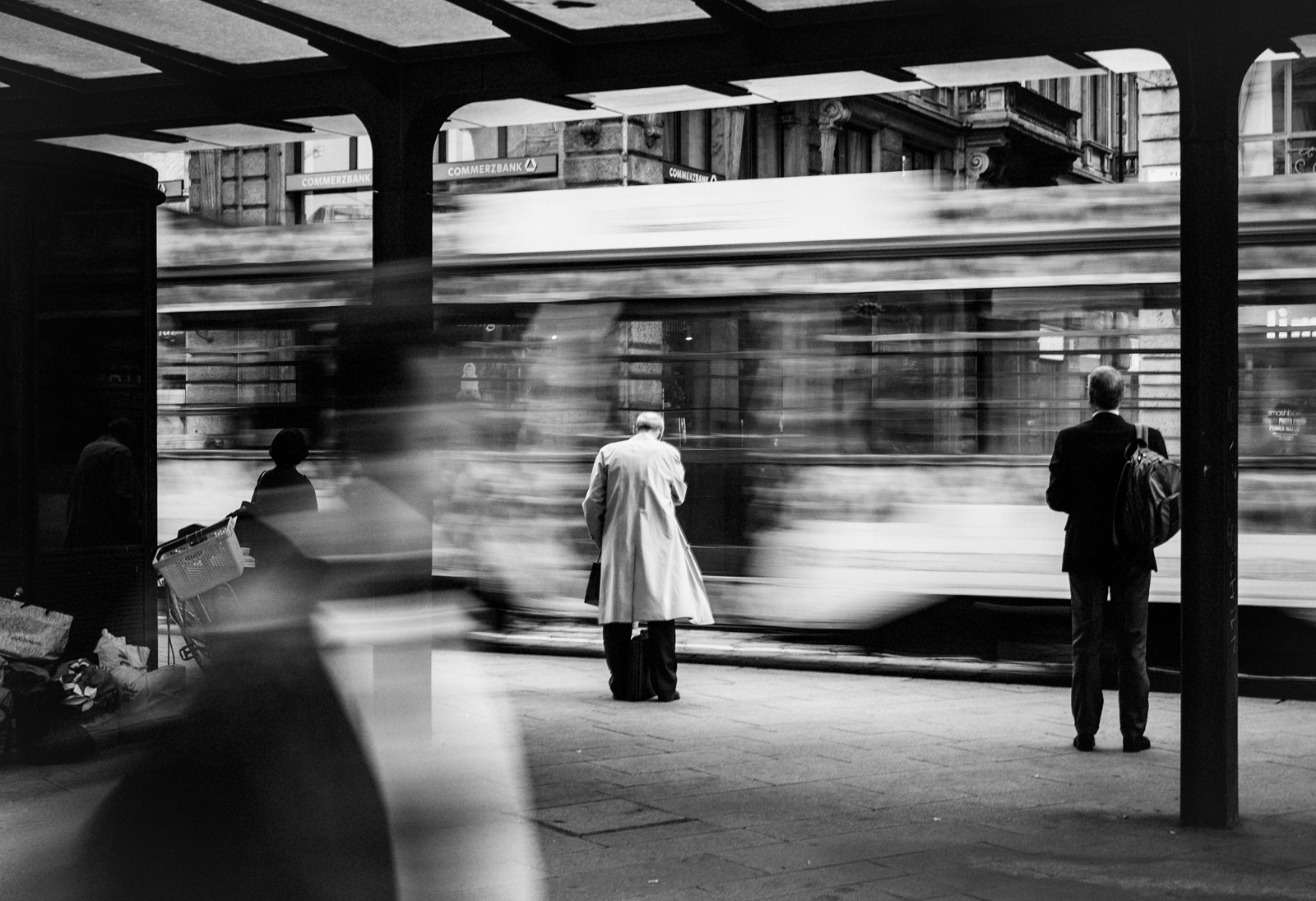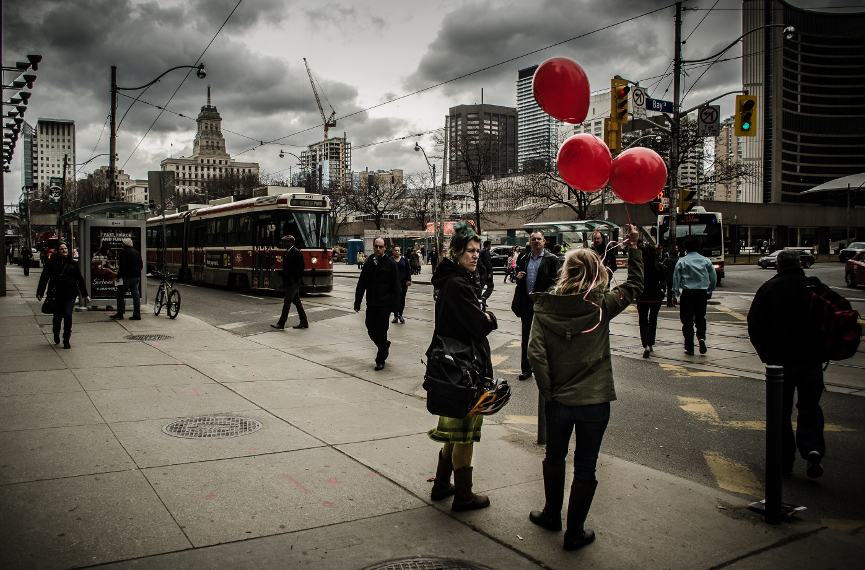Not known Details About Framing Streets
3 Easy Facts About Framing Streets Described
Table of ContentsThings about Framing StreetsNot known Incorrect Statements About Framing Streets 6 Simple Techniques For Framing Streets10 Simple Techniques For Framing StreetsFascination About Framing StreetsThe 45-Second Trick For Framing Streets
, typically with the aim of capturing images at a definitive or poignant moment by cautious framework and timing. http://go.bubbl.us/de6c3c/6f37?/Framing-Streets.
Subsequently his boots and legs were well specified, but he lacks body or head, since these remained in motion." Charles Ngre, waterseller Charles Ngre. https://parkbench.com/directory/framingstreets1 was the very first professional photographer to attain the technical elegance needed to register people in movement on the street in Paris in 1851. Digital Photographer John Thomson, a Scotsman working with reporter and social activist Adolphe Smith, released Street Life in London in twelve regular monthly installations starting in February 1877
Not known Facts About Framing Streets
Eugene Atget is considered a progenitor, not because he was the first of his kind, yet as a result of the popularisation in the late 1920s of his record of Parisian streets by Berenice Abbott, that was inspired to undertake a comparable documentation of New York City. [] As the city established, Atget assisted to promote Parisian roads as a deserving topic for digital photography.

Little Known Questions About Framing Streets.
The chief Mass-Observationists were anthropologist Tom Harrisson in Bolton and poet Charles Madge in London, and their very first report was generated as the book "May the Twelfth: Mass-Observation Day-Surveys 1937 by over 2 hundred viewers" [] Window cleaner at Kottbusser Tor, Berlin, by Elsa Thiemann c. 1946 The post-war French Humanist Institution photographers discovered their topics on the road or in the diner. Between 1946 and 1957 Le Groupe des XV annually exhibited work of this kind. Andre Kertesz. Circus, Budapest, 19 May 1920 Road photography developed the significant web content of two exhibits at the Gallery of Modern Art (Mo, MA) in New york city curated by Edward Steichen, Five French Professional Photographers: Brassai; Cartier-Bresson, Doisneau, Ronis, Izis in 1951 to 1952, and Post-war European Digital Photography in 1953, which exported the concept of street photography internationally.

The Greatest Guide To Framing Streets
The recording maker was 'a covert camera', a 35 mm Contax concealed underneath his layer, that was 'strapped to the chest and attached to a lengthy cord strung down the ideal sleeve'. However, his job had little modern effect as due to Evans' sensitivities concerning the originality of his task and the privacy of his subjects, it was not released till 1966, in the book Numerous Are Called, with an intro written by James Agee in 1940.
Helen Levitt, after that an educator of kids, related to Evans in 193839. She recorded the temporal chalk drawings - sony a9iii that you could try this out became part of children's road society in New York at the time, in addition to the children who made them. In July 1939, Mo, MA's brand-new photography section consisted of Levitt's operate in its inaugural exhibitRobert Frank's 1958 publication,, was considerable; raw and typically indistinct, Frank's images examined mainstream photography of the moment, "challenged all the formal rules laid down by Henri Cartier-Bresson and Walker Evans" and "contradicted the wholesome pictorialism and sincere photojournalism of American magazines like LIFE and Time".